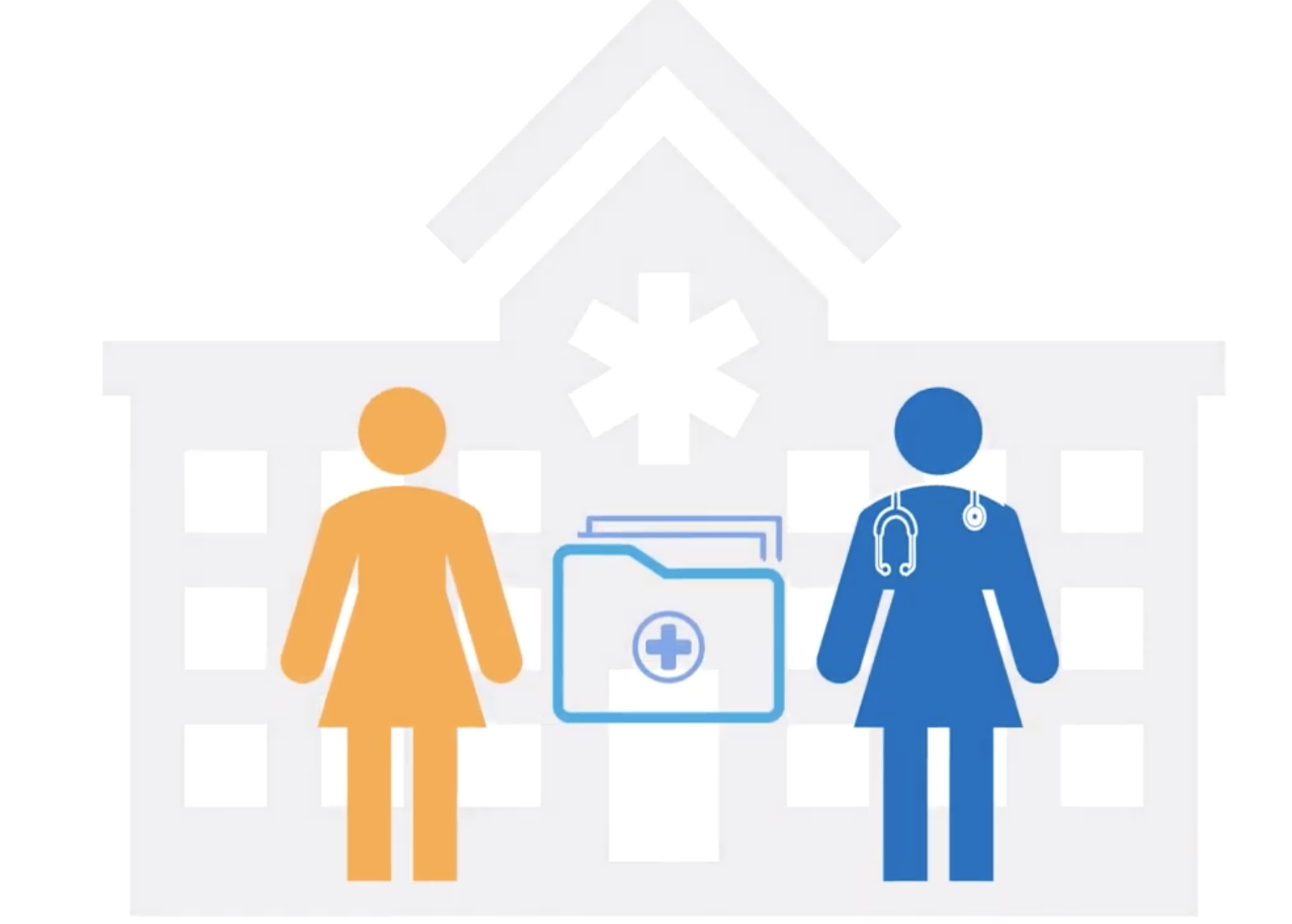What telemedicine software is best for remote second opinions?

Hospitals and subspecialists are being called on, now more than ever, to provide their expertise to patients without an in -person face-to-face visit. With the need for social distancing and stay at home orders, patients seeking second opinions are looking for the best medical expertise they can get without having to stray too far from home.
For patients in more rural areas or for more complex and critical cases, sometimes urban or even regional centers are where that expertise is more likely located. Traveling, sometimes long distances, to one of these facilities without first knowing whether they are ready and capable of treating that condition is often not advised. Instead, patients would prefer to communicate their case information in advance and only travel if the facility expects the visit to be advisable.
Hospitals seeking to expand their reach and perhaps even to increase revenue are heeding the call. But to do so requires a solution that captures patients' clinical information, performs video consults and enables them to communicate with the patient, his or her referring physician and other health care experts both within ad outside of their own facility. Choosing which to use is a challenge.
Hospitals need to choose whether to acquire their own software to expose their unique expertise and brand to a larger audience or become a recipient for a third party network of specialists that refer cases to the hospital. The decision usually comes down to whether the hospital wants to control its own process and outsource the administration of these cases or whether this service will be part of the hospitals core offering.
Below are some of the considerations for which approach to select.
1. Does your brand already stand out?
If your organization already has a regional, national or international reputation for excellence in one or more subspecialties, you probably don't want or need to be part of a network that includes your competitors. If you use a concierge service rather than establishing a remote or second opinion offering yourself, you will be doing little more than leveling the playing field to satisfy patients who are being served by one of these concierge offerings.
2. Do you have regional, national or international expertise in one or more subspecialties?
If you have expert subspecialist physicians, then you are certainly in a position to offer up those specialities to an expanded geography. By creating your own second opinion service, you can begin to position your facility as the go-to location for this speciality service or treatment. If you have a narrow subspecialty, you may find that you draw patients from and expanded set of geographies. However, if your specialty is not well known, it may take time for you to build your own brand. Going with a concierge service with an expansive patient base may help. However, you may end up competing with other facilities with more well known brands who also cover this specialty.
2. Would you prefer to outsource the second opinion process?
Some hospitals chose to go with a concierge referral source for their remote and second opinion services because they don't want to handle the administration required by this process. While many of these services do outsource part of the process, you will be giving up some control and a good portion of the margin from this service to the concierge service. Newer remote and second opinion software makes the administration process uch easier than prior generation software. You may want to check out what is out there so that you know how automated and how much friction has been removed from the second and remote opinion process.
3. Is a second or remote opinion service going to be a core offering for your organization?
If you are going to establish a second opinion service as a core part of your offering for the future, you likely do not want to give up control to a third party concierge referral service. Hospitals that are serious about establishing expertise with second opinions, likely should obtain the software that is required to operate this function themselves.
4. Is maximizing the potential revenue for offering second or remote opinions important?
While concierge services can be a great way to kickstart your second opinion practice, it will suck a good percentage of the revenue away from the hospital. Once the second opinion function gets established, you may wish to consider either supplementing the concierge referral with your own operation or simply switching from concierge to your own software solution.
5. Does your hospital receive referrals from other hospitals with whom you are partnered for your particular subspecialities?
If so, you probably want to maintain your own second and remote opinion service. Choose software that enables you to seamlessly receive referrals and provide opinions to those facilities without having a middle man concierge service. There is software that will enable an associated facility to become a natural part of your system and not add any administrative overhead.
It is now easier than ever to host your own second or remote opinion service!
Advances in digital health solutions have enabled the replacement of manual processes (often previously facilitated by concierge services) with digital ones, that can be automated within your own second opinion system.
1. Initiation of the request for a second opinion
Second or remote opinions were often initiated by time consuming telephone calls where a clerk would have to collect information and then relay this on to someone else who booked an appointment to begin the data collection process. Now this entire process can be patient-initiated and done online.
2. Collection of patient records
Requesting, collecting, reminding providers, assembling and posting medical records to some centralized location is the most time consuming part of any second opinion process.Now there is software that can automate the signing and distribution of medical releases, the electronic collection of data and then automatically collate all this data for easy review. Forget the delays and costs associated with mailing and managing CDs while trying to collect patient records for the second opinion. With Expert View, patients can upload any relevant file right to their case.
3. Delivering the Clinical Data to the Expert Physician
It used to be that once gathered the case information would have to be couriered to the physician whether he or she was within your facility or elsewhere. Today, all this can be delivered instantly, electronically and can be accessed wherever and whenever your busy expert physicians are located. They can access this electronic data and view it right on their own personal computers, those at the hospital, their tablets or even their smart phones.
3. Delivery of Second Opinion Report
There is no need to mail anything, including the expert physician's final opinion and report. With Expert View, the generated report can be delivered electronically to both the patient and the referring physician. In the second opinion process, it is often critical to loop in the referring physician on the progression of the case, which can be done with the press of a button.
If you want to learn more about how to establish or optimize your second opinion process, please contact us and we will provide years of experience that we have gained from working with some of the world's leading second opinion organizations.
Watch this (short!) video to see how Purview's Expert View has digitized all of the above processes and more, and learn why some of the top healthcare institutions in the country have chosen Expert View for their second opinion services.




